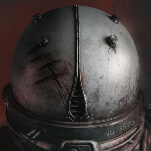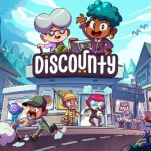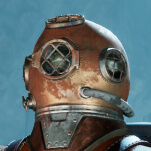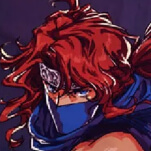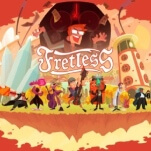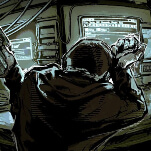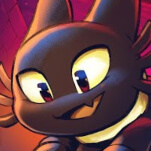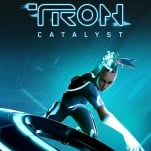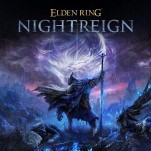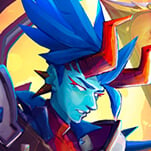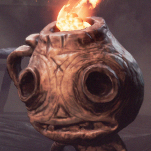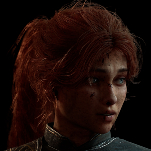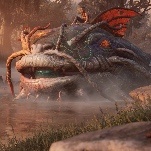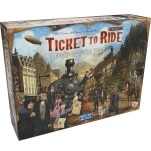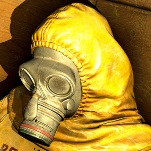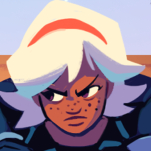A Plague Tale: Requiem Is An Improved Sequel In Every Way

2019’s A Plague Tale: Innocence was a great game that blended fantastical plague lore with the realistic setting of France during the Hundred Years’ War. The direct sequel, A Plague Tale: Requiem, improves on Innocence in almost every single aspect, especially with its expanded variety of settings and ways to approach combat encounters.
Requiem takes place after the events of Innocence and follows protagonists Amicia and Hugo de Rune. Hugo has dreams of a mysterious island that could hopefully cure the Prima Macula, an inexplicable curse that awakens in the bloodlines of certain families, stirring up killer plague-carrying rats that follow whoever carries it wherever they go. They both venture out into the world in order to find this island in order to find this cure. The journey takes Amicia and Hugo to new settings and as such, there is more environmental variety than in the first game. Not only do you have the typical medieval-type settings with ruined castles and buildings, but there are beaches, forests, and mountains. And now that the Macula has awakened inside of Hugo, there are also other environments that delve into the more mystical and fantastical, showcasing Asobo Studio’s imagination and growth since the first game. There are points in the story where the Macula’s power grows so potent that it completely envelops entire areas, covering them in a dark green swirl, giving the impression of an alien planet.
Moreover, the graphics and facial animations are much better this time around. Character animations during cutscenes don’t look as stiff as they did in Innocence, and there are some intense cinematic chase sequences in the game to liven things up from the standard stealth fare. In some instances, Amicia has to outrun humongous, otherworldly waves of rats crashing down on her, and these incredible moments make clear Requiem is a grander adventure than Innocence.
If I had to single out a problem in the game’s design, it would be that its signposting wasn’t always clear or readable. There weren’t often many ways to differentiate between paths that advance the narrative from the ones that held optional collectibles, for example. This caused me to unintentionally progress beyond the point of being able to double back and explore Requiem’s greater environments. There were even times when a narrative objective was unclear. One such goal required me to burn a field of grass in order to uncover a hidden area, but there was no indication that I had to do that. In another instance, I needed to have Hugo control a pack of rats and clear a path, but the game provided little direction as to where exactly I needed to guide them to accomplish that.
What Requiem may lack in clear-level design, it once again makes up for in its expansiveness. There are now more ways than ever to approach enemy encounters compared to Innocence. Amicia still has her reliable sling, but as a more learned survivor and fighter, she now has a crossbow to complement it. Amicia also has the ability to combine her alchemy with pots to create an area-of-effect attack and brings countless new tools to her fight against the plague and the Inquisition. Along their journey in Requiem, Amicia and Hugo meet a number of friendly faces. Arnaud, a knight, and Sophia, a sailor, join their ranks while Lucas, their alchemist apprentice friend, returns from Innocence. These characters usually act as a third-party member based on the story and offer lively, fun banter between them and the siblings, filling in the experience between combat and/or stealth encounters. Arnaud makes references to how the ongoing plague plays out like war, while Sophia often tells stories about her seafaring days. The interactions between Amicia, Hugo, and the companions aren’t unlike the dynamics you’ve seen in other games like it, namely The Last of Us.
-

-

-

-

-

-

-

-

-

-

-

-

-

-

-

-

-

-

-

-

-

-

-

-

-

-

-

-

-

-

-

-

-

-

-

-

-

-

-

-


